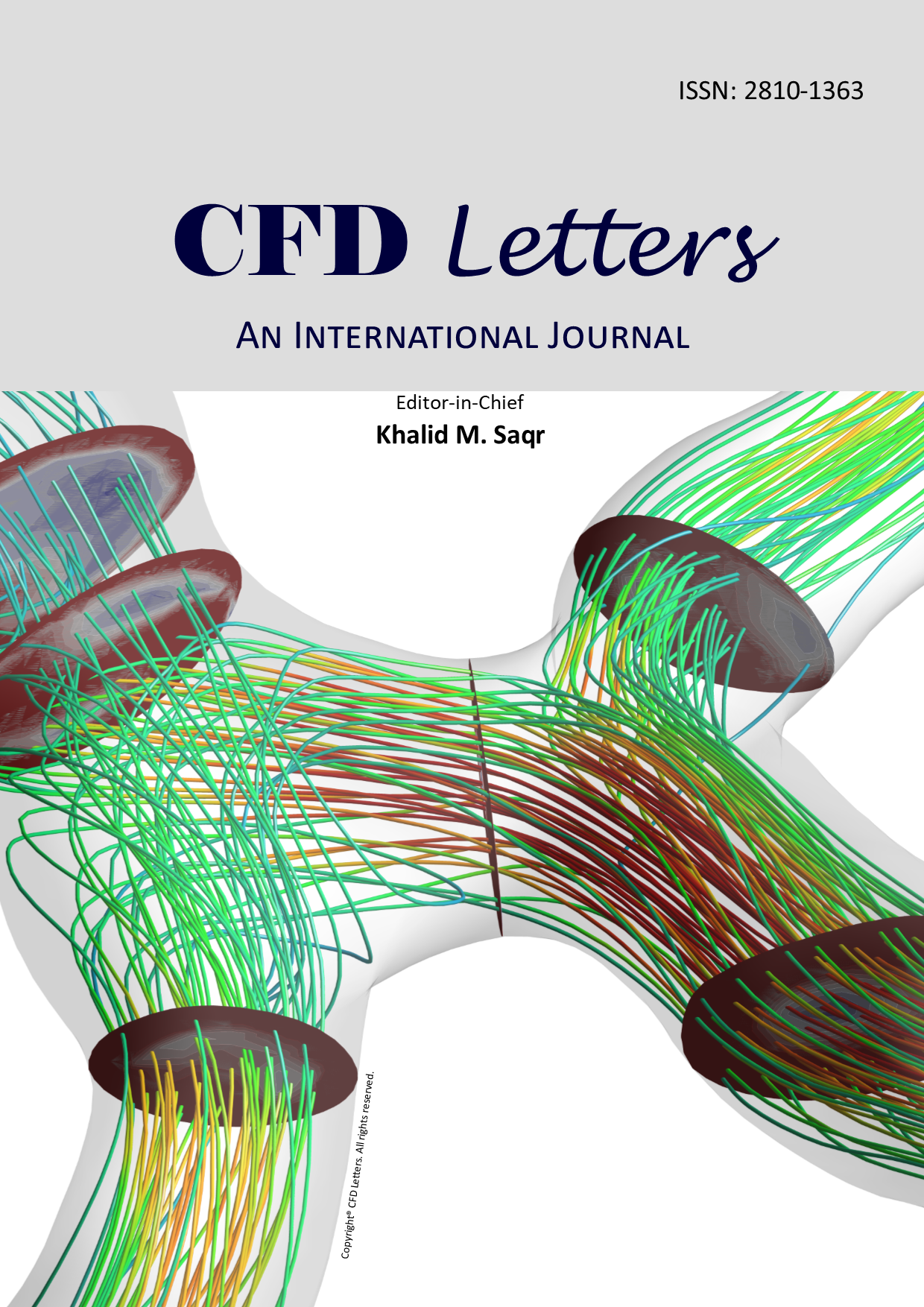Fluid-Structure Interaction on The Design of Fully Assembled Shell Eco-Marathon (SEM) Prototype Car
DOI:
https://doi.org/10.37934/cfdl.12.12.115136Keywords:
One-way FSI analysis, Flax-fibre composite, Structural analysisAbstract
To achieve high fuel efficiency, vehicles designs are inclined to choose lightweight materials and structures. However, these structures are generally weak, and structural integrity is a common concern. The purpose of this paper is to carry out fluid-structure interaction (FSI) study in one-way coupling analysis on a Shell Eco Marathon (SEM) prototype car which travels in a low-speed range to analyse its structural response. A new set of economical materials is proposed and analysed with the concern on self-fabrication process. The Flax fibre composite is introduced as a part of the proposed material set due to its environmental and economic advantages. The study herein is purely a numerical simulation work as a first approach to design a sustainable SEM prototype car. The fully assembled SEM prototype car was analysed with the proposed materials with ANSYS Workbench in the coupling of the fluid (ANSYS Fluent) and structural solver (ANSYS Mechanical) in a one-way FSI. Even with a thin shell design, the proposed material only experiences minimum deformations. The simulations also reveal that the maximum von-Mises stress experienced, after considered the safety factor, is still several order lower than the yield strength. This study has confirmed that the car design has fulfilled its structural requirements to operate at the design speed.













